How to accurately choose the lighting color temperature of 2700K-6000K+ in different scenarios?
In the realm of commercial LED lighting, color temperature stands as a pivotal factor, intricately shaping the ambiance, functionality, and visual allure of any given space. It wields the power to set the mood, augment visibility, and even sway the perception of products and surroundings. Today, we embark on an exhaustive exploration of diverse color temperatures – 2700K, 3000K, 4000K, 5000K, and 6000K and above – to fathom their distinctive traits and empower you to make an astute choice for your lighting requisites.
1.The Significance of Color Temperature in LED Lighting
Color temperature, measured in Kelvin (K), is crucial in LED lighting as it significantly influences the mood and functionality of a space. Understanding color temperature helps create the desired atmosphere for various environments.
- Warm Light (2700K – 3000K):Ideal for cozy settings like restaurants and living rooms, this range emits a soft, inviting glow that promotes relaxation and comfort. It enhances the warmth of colors, making it perfect for social gatherings.
- Neutral Light (3500K – 4000K):This range provides a balanced light that is suitable for workspaces and kitchens. It creates a vibrant atmosphere that enhances focus and productivity without being overly harsh.
- Cool Light (4000K – 5000K):Emitting a bright, crisp light similar to daylight, this range is ideal for offices and showrooms. It energizes the space, making it conducive to concentration and alertness.
- Daylight (5000K – 6000K): This higher color temperature range closely mimics natural daylight, providing bright and clear illumination. It is particularly effective in environments where high visibility is essential, such as hospitals, laboratories, and industrial settings. The cool white light of 5000K to 6000K enhances alertness and clarity, making it suitable for tasks requiring precision and focus.
- Very Cool Light (6000K+):Lights in this range contain more blue components, which can create a cold and somewhat depressing atmosphere. While they are effective in settings like airports, train stations, and roads where people need to remain alert and efficient, prolonged exposure to such intense lighting is not recommended as it can lead to discomfort and fatigue. This type of lighting is best used in environments where individuals do not need to stay for extended periods.
The choice of color temperature can dramatically affect how people perceive a space and their emotional response to it. For instance, a warm color temperature can make a room feel more welcoming, while cooler temperatures can create a sense of clarity and efficiency. Therefore, selecting the right color temperature is essential for optimizing both the aesthetic appeal and functional performance of any environment.
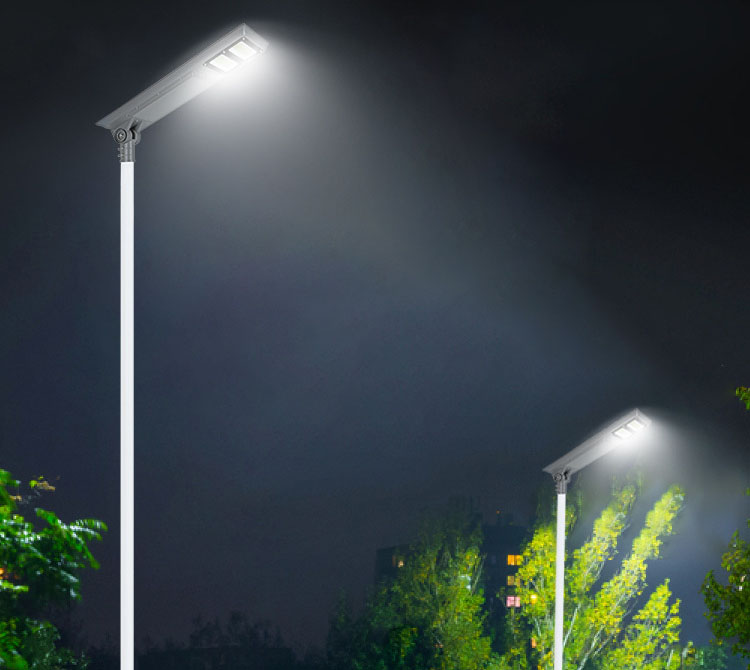
- 2700K: The Embodiment of Warmth and Coziness
- The Visual Appeal
At 2700K, the emitted light bears a resemblance to the gentle glow of a traditional incandescent bulb. It exudes a soft, yellowish tinge that imparts a touch of charm and intimacy to any setting. This color temperature is often synonymous with relaxation and comfort, rendering it an optimal choice for residential spaces like living rooms, bedrooms, and dining areas. It can also find application in certain commercial arenas such as upscale restaurants, cafes, and boutique hotels to fashion a warm and hospitable atmosphere for patrons.
- Applications in Different Settings
In a bedroom, 2700K lighting can assist in unwinding after a taxing day, fostering a sense of calm and tranquility. When employed in a dining room, it can heighten the visual allure of the cuisine, making it appear more appetizing. In a boutique hotel lobby, the warm radiance of 2700K lights can engender a luxurious and homely feel, leaving an indelible impression on guests.
- Psychological and Emotional Impact
The warm color of 2700K light has a psychological bearing on individuals, evoking sentiments of relaxation, comfort, and security. It can contribute to stress reduction and the creation of a more harmonious environment. This is precisely why it is often favored in spaces where people seek to unwind and feel at ease.
- 3000K: Striking the Perfect Balance
- The Golden Mean
3000K is frequently regarded as the “golden mean” in color temperature. It proffers a harmonious blend between the warm and cozy essence of 2700K and the brighter, more dynamic look of higher color temperatures. The light at 3000K exhibits a slightly whiter shade compared to 2700K while still retaining a warm undertone. This renders it a versatile option for a broad spectrum of applications.
- Versatile Applications
In commercial settings, 3000K is commonly utilized in offices, retail stores, and educational institutions. In an office milieu, it furnishes a comfortable and inviting workspace conducive to productivity. In a retail store, it can display products in a flattering light, enhancing their allure to customers. In schools and universities, 3000K lighting can cultivate a pleasant learning environment that is neither overly harsh nor overly warm.
- Creating a Harmonious Ambiance
The balanced color temperature of 3000K aids in forging a harmonious ambiance suitable for both work and social activities. It is gentle on the eyes and provides adequate illumination without inducing glare or discomfort. This accounts for its popularity in spaces where people need to focus and interact.
- The Optimal Brightness
4000K is renowned for its bright and lucid light, which approximates natural daylight. It sports a neutral white color that affords excellent visibility and clarity. This makes it an ideal selection for areas where tasks demand a high degree of concentration and visual acuity, such as offices, workshops, and laboratories.
- Ideal for Task-Oriented Spaces
In an office cubicle, 4000K lighting can mitigate eye strain and augment productivity by providing a bright and uniform illumination. In a workshop or manufacturing facility, it ensures that workers can perceive details with precision, minimizing the likelihood of errors. In a laboratory, the accurate color rendition of 4000K light is indispensable for conducting experiments and scrutinizing samples.
- Impact on Productivity and Focus
The bright and invigorating nature of 4000K light has been demonstrated to enhance focus and concentration, culminating in increased productivity. It can also have a salutary impact on mood, making individuals feel more alert and engaged. This explains its extensive use in workspaces where efficiency and performance are of the essence.
- 5000K: Embracing the Cool and Crisp
- The Daylight-Like Quality
5000K is often likened to natural daylight at noon, with its cool and crisp white light. It possesses a high color rendering index (CRI), signifying its ability to faithfully reproduce colors. This makes it eminently suitable for applications where color accuracy is of paramount importance, such as art galleries, photography studios, and jewelry stores.
- Applications in Specialized Settings
In an art gallery, 5000K lighting can showcase paintings and sculptures in their authentic colors, enabling viewers to fully appreciate the artist’s oeuvre. In a photography studio, it furnishes a consistent and accurate light source for capturing high-caliber images. In a jewelry store, the cool white light of 5000K can make gemstones and precious metals glisten and scintillate, captivating customers’ attention.
- Enhancing Visual Clarity and Color Accuracy
The cool color temperature of 5000K augments visual clarity and makes details stand out. It can engender a sense of spaciousness and cleanliness in a room, making it a favored choice for modern and minimalist interiors. Additionally, its proficiency in accurately rendering colors ensures that products are presented in the most favorable light.
- 6000K and Above: The Cold and Functional Choice
- The Visual and Sensory Impact
Lights with a color temperature of 6000K and above possess a spectral composition rich in blue components. This endows them with a cool and somewhat harsh visual quality. The preponderance of blue light can induce a sense of coldness and even mild discomfort when exposed for extended durations. However, in specific contexts, this very characteristic can be harnessed to great effect.
- Applications in High-Alert and Transit Environments
Airports, railway stations, and roadways are prime examples of settings where 6000K and above lighting finds its niche. In airports, the bright and cool light serves to maintain a high level of alertness among travelers and staff. It facilitates clear visibility, crucial for operations such as baggage handling, security checks, and boarding procedures. The cool hue can also contribute to a sense of order and efficiency in the bustling terminal environment.
Similarly, in railway stations, the intense white light helps passengers navigate the platforms, read signage, and board trains with ease. It creates an environment that promotes quick and efficient movement, minimizing the likelihood of confusion or accidents. On roads, high-color-temperature lighting is often used in streetlights and highway lighting. The bright, bluish-white light cuts through darkness and adverse weather conditions, enhancing visibility for drivers and pedestrians alike. It plays a vital role in ensuring road safety, especially during nighttime and low-light conditions.
- Considerations for Long-Term Exposure
While 6000K and above lighting is highly effective in these specific applications, it is important to note that prolonged exposure to such cool and intense light can have potential drawbacks. Studies have suggested that excessive exposure to blue-rich light in the evening or at night can disrupt the body’s circadian rhythm, potentially affecting sleep patterns and overall well-being. Therefore, in spaces where people are likely to be exposed for extended periods, such as in some work areas within airports or railway stations, efforts are often made to balance the use of high-color-temperature lighting with other, warmer lighting sources in adjacent or less critical areas. This helps to mitigate the potential negative impacts on individuals while still maintaining the necessary functionality and safety standards.
- Comparing the Color Temperatures: A Visual and Functional Analysis
- Visual Comparison
To gain a more profound understanding of the disparities between 2700K, 3000K, 4000K, 5000K, and 6000K+, let’s engage in a visual comparison. At 2700K, the light is warm and yellowish, begetting a cozy and intimate atmosphere. As we ascend to 3000K, the color becomes marginally whiter while still preserving a warm undertone. 4000K is conspicuously brighter and cooler, with a neutral white complexion, and 5000K is the coolest and brightest among them, possessing a distinct daylight-like quality. Lights with a color temperature of 6000K and above, on the other hand, exhibit a noticeably bluish-white tint, imparting a sense of coldness and a heightened level of brightness.
- Functional Considerations
When electing a color temperature, it is imperative to take into account the specific exigencies of the space and the activities that will transpire therein. For areas where relaxation and comfort are paramount, such as bedrooms and living rooms, 2700K or 3000K might be the most judicious choice. In workspaces that demand concentration and visual acuity, 4000K or 5000K could be more apropos. Retail stores may lean towards a warmer color temperature like 3000K to fabricate an inviting atmosphere, while art galleries and jewelry stores might gravitate towards 5000K for its color precision. In high-traffic and high-alert zones like airports, stations, and roads, 6000K and above lighting is essential for ensuring safety and efficient operations, despite its less inviting visual characteristics for long-term occupancy.
- Energy Efficiency and Longevity
In addition to color temperature, it is equally crucial to factor in the energy efficiency and longevity of LED lights. LED technology is celebrated for its energy-conserving capabilities, and all of these color temperatures offer substantial energy savings when contrasted with traditional lighting sources. Moreover, LED lights boast a longer lifespan, curtailing the need for frequent replacements and maintenance. This not only translates into cost savings but also reduces the environmental footprint associated with lighting.
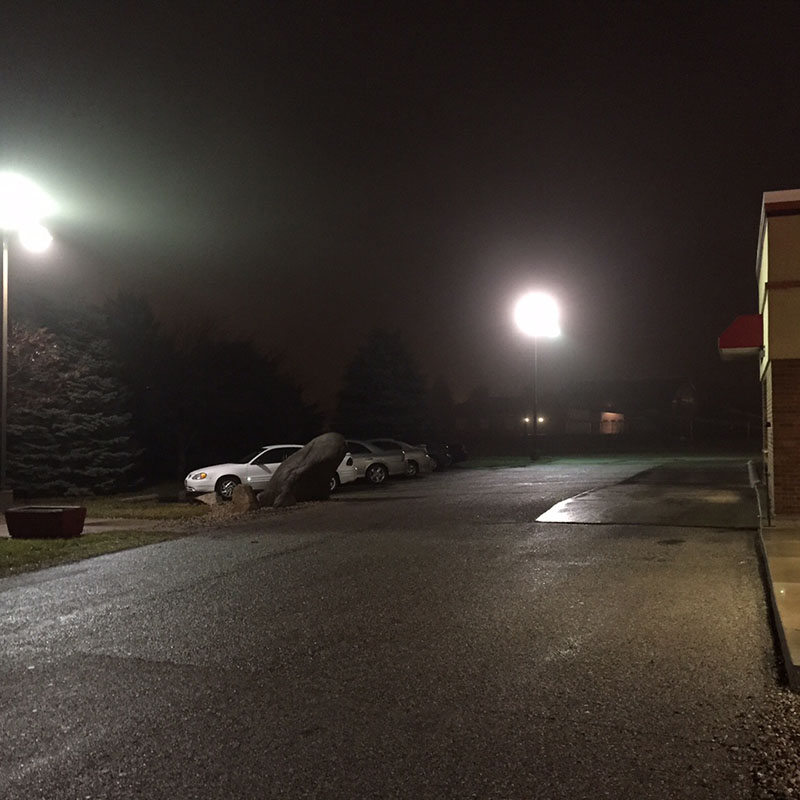
- Making the Right Choice for Your Space
- Assessing Your Needs
Before settling on a color temperature, take the time to meticulously assess the unique needs of your space. Consider the activities that will unfold there, the desired ambiance, and any visual prerequisites. For example, if you are devising a hotel room, you might want to cultivate a warm and inviting atmosphere with 2700K or 3000K lighting in the bedroom and a brighter, more functional light with 4000K in the bathroom. In a hospital setting, a combination of warmer tones in patient rooms for comfort and 4000K – 5000K in operating theaters and examination areas for precision and visibility could be ideal.
- Considering the Aesthetics
Color temperature can also exert a significant influence on the aesthetics of a space. A warm color temperature can infuse a touch of elegance and charm, while a cooler temperature can engender a modern and minimalist aesthetic. Take into account the overall design style of your space and select a color temperature that complements and enhances it. In a contemporary art gallery with a minimalist interior, the cool and crisp 5000K lighting can accentuate the clean lines and the artworks on display, creating a visually striking environment.
- Seeking Professional Advice
If you find yourself uncertain about which color temperature to choose, it is without a doubt a wise decision to seek professional advice. At BBier, our team of lighting designers and experts is well-equipped to offer you invaluable insights and tailored recommendations. Leveraging our extensive experience and profound knowledge in the field, we can guide you in creating a lighting plan that not only precisely meets your specific requirements but also enhances the overall look and feel of your space, whether it’s a bustling commercial establishment, a cozy residential abode, or a public facility. Our wide range of high-quality LED lighting products at bbier.com provides you with numerous options to achieve the perfect lighting solution. From warm and inviting 2700K fixtures ideal for creating a relaxing atmosphere in your living room, to the bright and efficient 4000K and 5000K lights suitable for offices and workspaces, we have the right products to meet your every need. Let our experts at BBier help you make the best choice for your lighting project.
We have over 15 years of commercial lighting R&D experience, 50+ LED lights patents, 200+ LED Lights Certifications, Support OEM & ODM, 3/5 Years Warranty.Our products Explosion Proof LED Lights,Temporary Work Lights , LED Dock Lights , LED Vapor Lights, LED Light Towers, LED Balloon Lights, UFO LED High Bay Lights, Adjustable Wattage Colour Light, Linear LED High Bay Lights, LED Gas Station Lights, LED Canopy Lights, Stop Signs, LED Street Lights, LED Flood Lights, LED Post Top Lights, Fishing Lights, LED Wall Pack Lights, Swimming Pool Lights, LED Shoebox Lights, LED Road Stud Lights, LED Garden Lights, LED Bollard Lights, LED Parking Lot Lights, LED Skylights, LED Exit Signs, LED Badminton Hall Lights, LED Grow Lights, LED Linear Lights, LED Selfie Lights, LED Classroom Lights, LED Ceiling Fans, LED Ceiling Lights, Solar Street Lights, Solar Post Top Lights, Solar Explosion Proof Lights, Solar Wall Pack, Solar Road Studs , Solar Flood Lights, Solar LED Bollard Lights , Solar LED Garden Lights, Solar Smart Benchs , Solar Warning Lights, Solar panels, LED Corn Light Bulbs, LED Modules Kits, Power Conversion Kits, Garden Light Retrofit Kits, Stubby Light retrofit Kit bulb, High bay Retrofit kits, LED Retrofit kits, Magnetic Retrofit Kits, Neon Signs, Motif Lights, Christmas lights, Neon LED Lights, Neon Strip Lights, Commercial LED Projectors, Light up UAV, Solar panel Kits etc,which can be widely used in commercial, industrial, residential, and other different occasions.Our factory has an experienced and skilled R&D team, dedicated to constantly innovate, improve product performance and quality. We also have a complete production line, from design, manufacturing to testing, every link goes through strict quality control, to ensure that each product can meet the needs and expectations of customers.We pay attention to customer experience, provide personalized services, and customize the most suitable lighting solutions according to customers' needs and requirements. We also provide comprehensive after-sales service, providing technical support and maintenance services to make customers' experience more smooth and satisfactory.BBIER® adheres to the principle of "quality first, customer first", and is committed to providing customers with high-quality products and services, becoming a trusted partner of customers. We will continue to innovate and improve, bring more value and contribution to customers.
50+ LED Lights Patents
200+ LED Lights Certifications
Support OEM & ODM
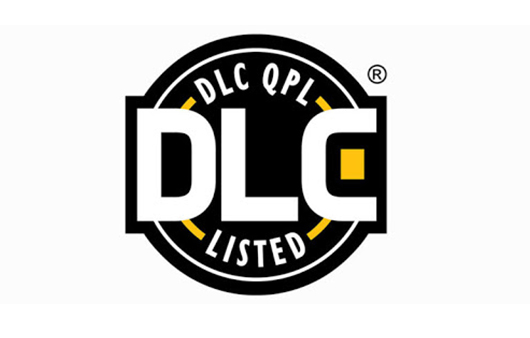
DLC
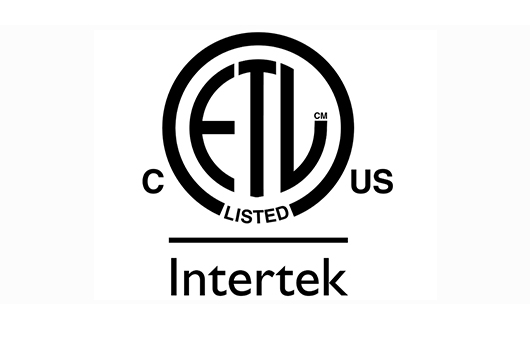
ETL

ISO
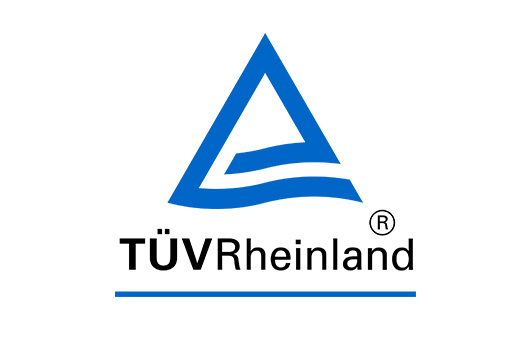
TUV
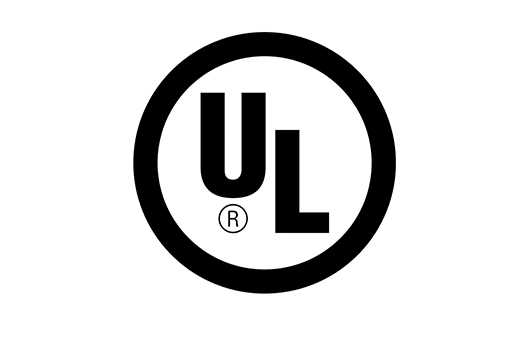
UL
WhatsApp:
Tel:
Email: info@bbier.com
Headquarter: No.4/F Bldg 5, 37 Kengwei Ave., Shiyan Town, Bao'an Dist., Shenzhen 518108, China
USA California Warehouse: 42410 Winchester Rd., Temecula, CA 92590




